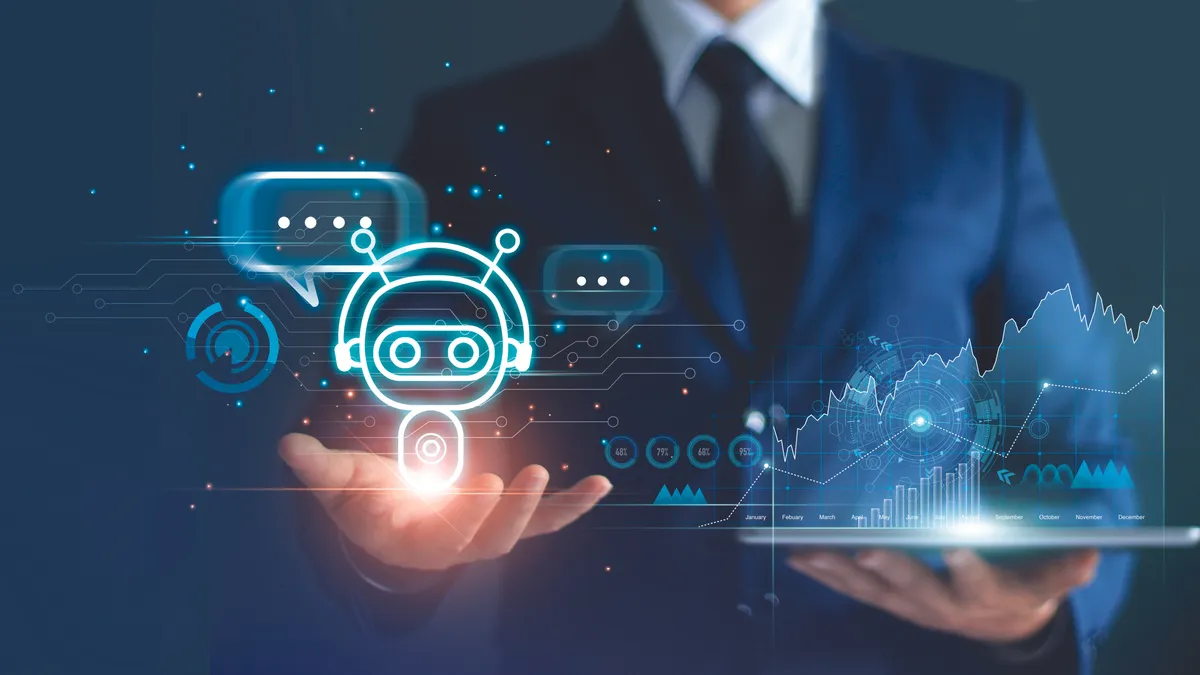Editor’s note: The following is a guest post by Don Scheibenreif, distinguished VP analyst at Gartner, Inc.
Today, there are more connected machines than humans on the planet. The number of smart machines and ambient AI technologies, such as virtual personal assistants, will continue rising steadily over time.
By 2025, there will be 15 billion connected products with the potential to behave as customers — also known as machine customers — shopping for services and supplies for themselves and their owners.
Gartner defines a machine customer, also referred to as a “custobot,” as a nonhuman economic actor that obtains goods or services in exchange for payment. As the number and capability of machine customers grows, organizations will be forced to reconsider what a customer is and how they engage them for business growth.
Companies that quickly learn how to create machine customers, as well as those who learn how to sell to custobots, will win big. Others could find their traditional human buyers gradually disappearing.
CIOs, in collaboration with chief technology officers (CTOs), chief data and analytics officers (CDAOs) and other tech leaders, will be tasked with leading the construction of platforms capable of serving machine customer markets.
CIOs may also be required to engineer their own machine customers.
While tangible opportunities from machine customers are still emerging, now is the time for CIOs to create a path to entry to this business megatrend – one that could be the organization’s key to long-term growth.
What do machine customers look like?
First, let’s explore how humans could soon interact with a sampling of potential machine customers on a typical day. As you leave home for work, the vehicle you use to commute could identify that it needs an oil change and schedule a maintenance appointment. The road you drive on may call for police, repairs or cleaning.
At the office, a buying algorithm could hire gig workers and order business services. The conference room might call for pest control if needed. The vending machine in the break room could analyze customer data and pricing signals, then seek restocking.
Back at home, potential custobots abound. Household robots obtain new flooring and pet supplies, appliances order groceries, a workout mirror purchases clothing and equipment or signs you up for training. Meanwhile, an intelligent assistant might invest for you, select a school or subscribe to media on your behalf.
These are just a few examples of the impact machine customers could have, based on the technologies we know and can understand today. The true impact of machine customers will vary by industry, situation and geography.
For example, industries involved in routine or repeatable transactions — such as financial trading, cleaning services, printer ink and other consumables — will be impacted first. Industries that have more complex or emotional decision-making processes will take more time to be impacted, if at all.
Collaborate to prepare for machine customers
Gartner predicts that by the year 2030, machine customers will be directly involved in or have influence over trillions of dollars in purchases. But jumping on the machine customer opportunity will not be the sole responsibility of the CIO.
All executives in the C-suite must determine where they fit. Without full team collaboration, progress will be partial, ineffectual and inconclusive.
Working with the CEO and senior representatives from strategy, product development, sales and marketing, CIOs must first explore what machine customers mean for their organization and formulate scenarios for market opportunities.
What IoT-enabled products might arise in the situations where customers use your products and services today? Who might create and control those machine customers? How would machine customers change your addressable market? The point is to embed machine customers as a “big rock” in the long-term strategy.
Next, test products or services capable of being upgraded for machine customers.
CIOs can take the lead in compiling a cognitively diverse team of technology architects, engineers, data scientists, economists, linguists, psychologists and business decision-makers who will determine action plans for engaging machines as customers.
Initially, most machines will use more basic rule-based algorithms and analytics to improve purchasing decisions.
For example, machines may be capable of automated replenishment based on preset reorder parameters. Eventually, machine customers will be able to make more complex decisions. Advances in augmented intelligence, edge AI, reinforcement learning and quantum computing, will facilitate this.
CIOs must stay mindful of the real barriers of the machine customer landscape, and communicate those barriers with senior leaders. IT leaders know that developing an intelligent custobot that can learn the depth and breadth of knowledge required to act on behalf of a human customer is a complex endeavor.
Some humans may initially be uneasy about delegating purchasing functions to machines. Most importantly, the technology must work. Consider what ethical standards, legal issues and risk mitigation are needed to operate in a world of machines as customers.





















